Growing Chillies and Peppers? Want to make them crunchy, flavorful, and hot? Put These 12 Things in Your Pepper Planting Hole for tremendous results!
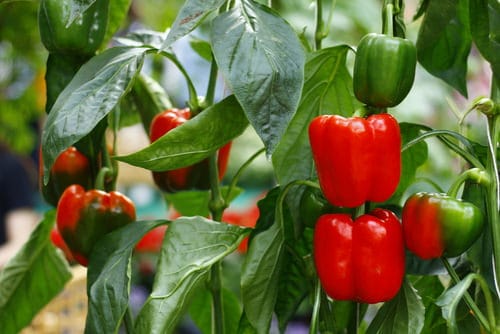
Whether you’re growing chili or bell pepper, you can use these ingredients to make your plant produce productive and flavorful pepper fruits.
Here are some fantastic tips to make pepper hotter
12 Things for Your Pepper Planting Hole
1. Bone Meal
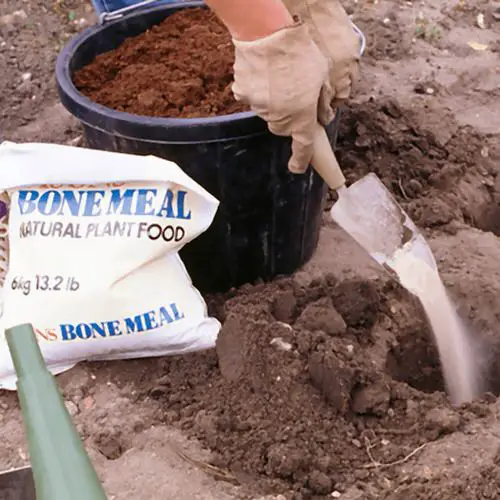
Adding bone meal at the time of planting peppers and chilies will slowly boost the phosphorus levels in the soil. This will help the plant to achieve good growth and fruit better.
The bone meal also prevents bloom end rot, which saves peppers from any potential diseases they might get exposed to.
Learn how to use Bone Meal on plants here
2. Earthworm Casting
Worm casting is full of organic matter. Add it to the hole and apply an inch of the layer around the plant. The castings will improve soil structure, and will also aid in soil aeration while anchoring the essential plant nutrients that might get washed away over time.
All this leads to better plant development and bigger peppers and chilies!
Have a look at how the Earthworms help the soil here
3. Rockdust
Rock dust is a pulverized rock loaded with micronutrients like Iron, Magnesium, and Calcium. Including it, in the hole, while planting peppers will add trace minerals and micronutrients to the soil.
The rock dust also feeds the beneficial microbes, which will eventually help the plant grow and fruit better.
4. Well-Rotted Cow Manure
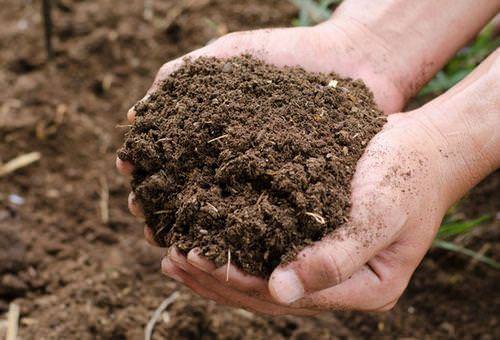
In research published in the Journal of Neotropical Agriculture, it was found that the use of composted cow manure increased the production of peppers by a whopping 35%.
The application of cattle manure also results in increased levels of organic carbon in the soil, which then aids in the microbiological activity, increasing soil aeration and water retention.
5. Greensand
Greensand is a mined mineral, rich in Iron, Potassium, Silicon, Magnesium, Aluminum, Sodium, and Hydrogen. It also improves moisture retention and increases root growth. Adding 2-3 cups of it into the planting hole at the time of planting peppers and chilies will help in the overall plant health and disease resistance.
It is also one of the best natural potassium sources, which can greatly help the pepper plants to grow tastier pepper frutis.
6. Eggshells

Eggshells are an excellent source of calcium and other minerals that can help your pepper thrive! So, crush a few eggshells into tiny bits and sprinkle them into the hole before you plant chilies and peppers. It will also save the plant from blossom end rot.
Sprinkling crushed eggshells around the base of the plant and mixing them in the soil every 4-5 weeks will also help the peppers to fruit better while saving them from snails, slugs, and cutworms.
Check out more Eggshell uses in the garden here
7. Garden Lime
Peppers like the soil pH between 6 and 7.5. So, if the soil in your garden is too acidic (below 6), add garden lime to the planting hole before growing pepper and chilies to raise the level for your spicy peppers. Make sure you are using a pH meter to keep a close tab on the acidity and pH levels of the soil.
Note: Avoid using hydrated lime and use only Dolomitic aka ‘Garden lime.’
8. Fish Head
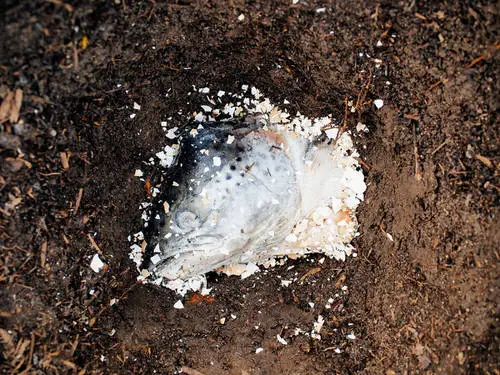
If you want to grow bigger peppers and hot chilies, then dropping 1-2 fish heads into the planting hole is a great idea. The raw head will decompose quickly, releasing nitrogen, phosphorus, calcium, along with other essential trace minerals to roots.
As we all know that pepper and chilies love phosphorus and calcium, this will give the plant all the boost it needs to grow bigger and fruit more.
9. Epsom salt
Epsom salt is hydrated magnesium sulfate and contains 10 percent Magnesium and 13 percent Sulfur. Its application reduces slow growth, makes the pepper plants healthier, lusher, and greener than before!
Before transplanting your pepper plant, dust 1 or 2 tablespoons of Epsom salt in the planting hole and cover it with a thin layer of soil to avoid direct contact with roots.
Get more information on how to use Epsom Salt for peppers to improve productivity and taste here
10. Banana Peels
Banana peels are the highest natural source of organic potassium, containing more than 42%. The peels are also rich in calcium, which helps plants like pepper and chilies take up more nitrogen, helping them grow and produce well. You can add them to your pepper planting hole or try one of the ways suggested here!
11. Coffee Grounds
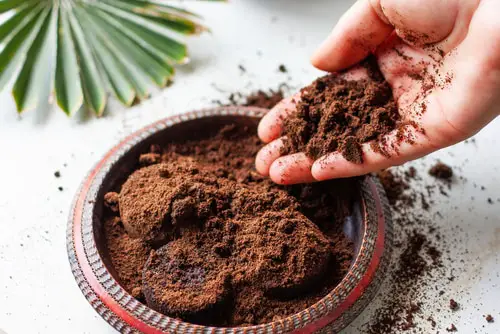
Used coffee grounds add nitrogen, helps improve soil drainage, attract earthworms and peppers love them all! The grounds also help to improve the soil structure over time and save the plants from fungal and weed growth. Mix two three tablespoons in the garden soil and add this mixture to the planting hole.
Here’s everything you need to learn about Coffee Grounds for gardening
12. Add Matchsticks!
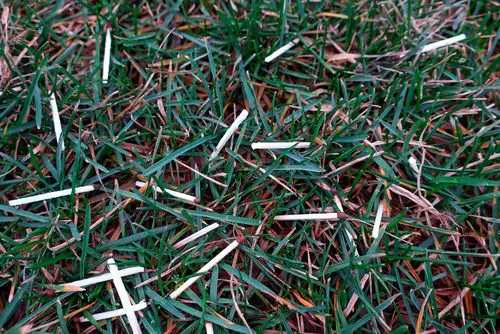
Yes! You read that right. Adding 10-15 matchstick heads in the planting hole will ensure that the plant gets an additional dose of necessary phosphorus and sulfur to make peppers hot!



I need more detauk procedure about this. overall, this information added new knowledge to me, thanks.
Such a good article… thank you for all the information! I just wish that for each item you’ve mentioned, that you gave a rough guide as to how much to use. Obviously all soils contain different amounts of minerals and trace elements, but I’d be afraid of creating an environment with too much of a nutrient, stunting growth or causing other problems. I will do further research on these ingredients though, thanks once again.
Gll
In the early 80’s when I first started gardening, vegetable gardening that is, a friend told me to add a few blurt match heads in each hole that I planted my seedlings in. He said the peppers liked the phosphorus, and that sure did as they were more like trees at maturity ! I still do it to this day. The soil is more clay than anything and suppose that has a lot to do with it.
Its worth trying on a couple of your plants to see what results.